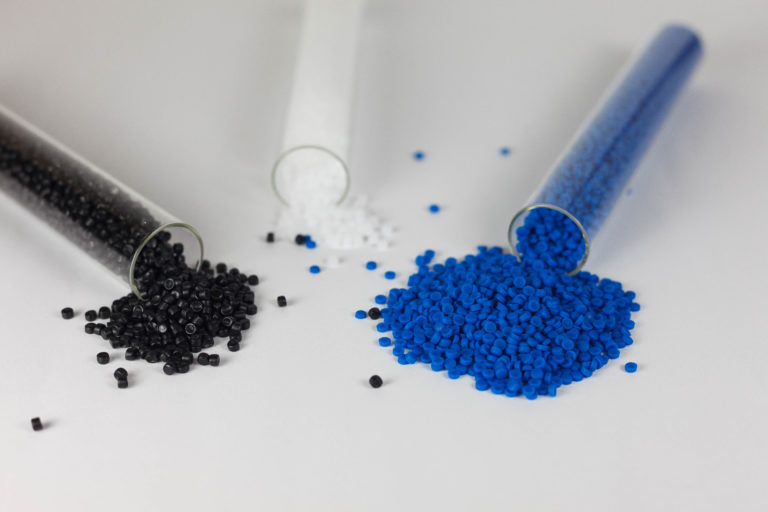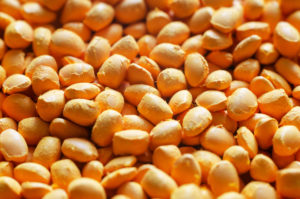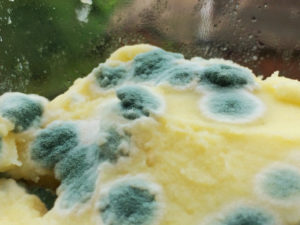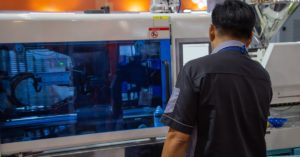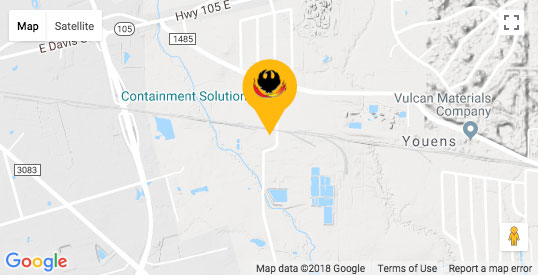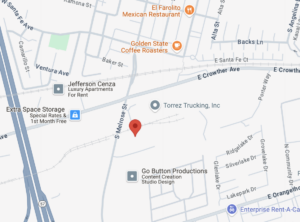Everyone makes a purge, but not all film extrusion purges are the same. Purges get a bad name because some manufacturers don’t put a lot of thought into the chemistry or the process of film extrusion purges, or if they do put some thought into the process, they just want to do it cheaply and get a bunch of barefoot resin, mix it together call it a “purge” because people are just going to make a patty and throw it away.
However, at Phoenix Plastics, we put a lot of actual thought and science into our film extrusion purges. We are chemical compounders. Phoenix Plastics can add and mix as many things as we want into our purges to address the changing resins and problems film manufacturers face.
About Film Extrusion Purges
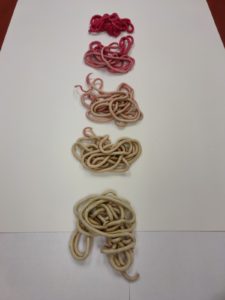
Film extrusion purges always need Broad Distribution resin for their physicals, stretch, elongation, gauging, etc. These resins can have very big and very little polymer chains. When you add sheer and heat histories to these chains, they can shred, which can cause some to acquire very low molecular weight. These small molecular weighted chains melt and migrate out to the surface first, leading to dye buildup, residues, and waxes.
Heat histories are always killers of resins. They cause more damage to polymer chains, which leads to degradation, charring, and black specs. Double this process if you are using any form of regrind or recycled material because the degrading cycle has already started, eventually becoming Carbon. Certain pigments like carbon black, which likes to bind to steel, or Titanium dioxide, which loves to plate out. In a very short time, your barrels and flights of screws are coated in contamination.
Running only resin as a purge may be enough, but it usually only deposits a thin coating of resin that flows over the carbon. Eventually, these also flake off, causing black specs or particles to get stuck in the die.
Having specialty film extrusion purges that consider these processes will greatly decrease machine wear and tear, protect resin, and limit downtime.
CEL-SPAN 385
The Cel-Span 385 was designed to:
*solubilizes pigments and loses plate out.
*compatibilize and re-incorporate all the small Molecular weight (low ends).
*expanders to permeate into the microcracks on the screws, barrels, and dead spaces.
*resin blend and scouring minerals to scour all the loose particulates and gels that are causing the die lines.

